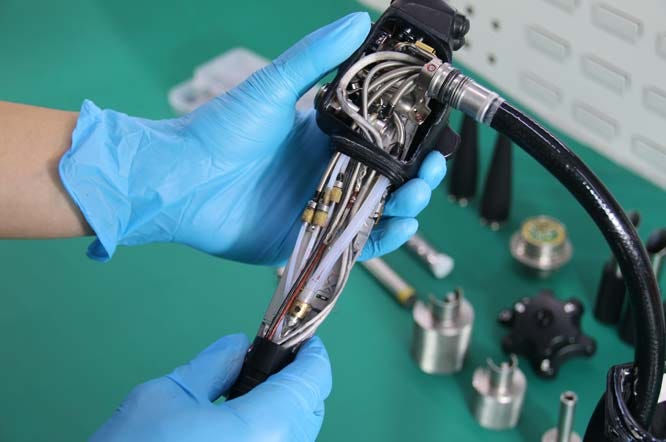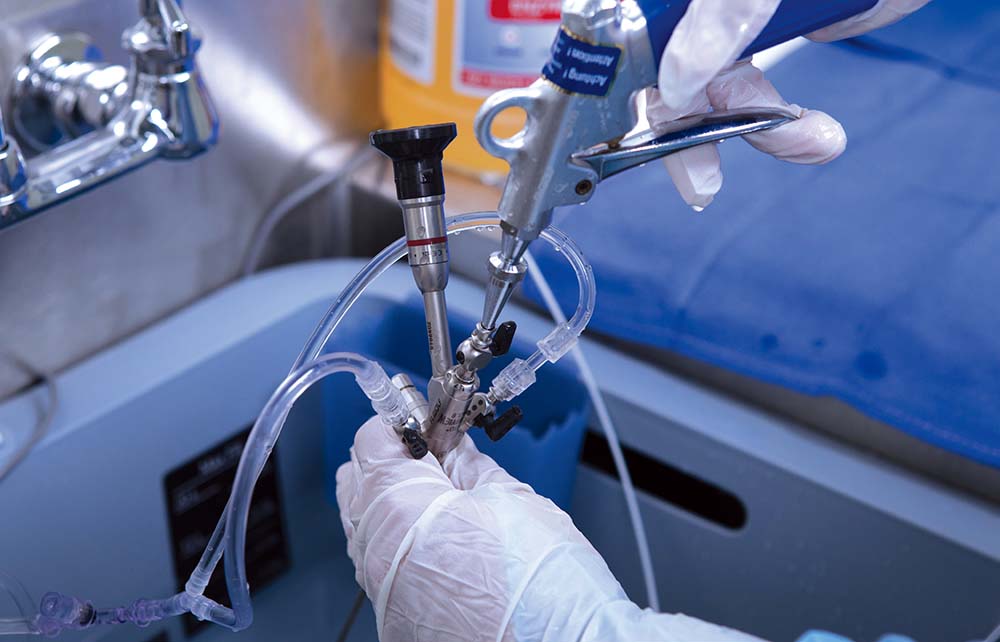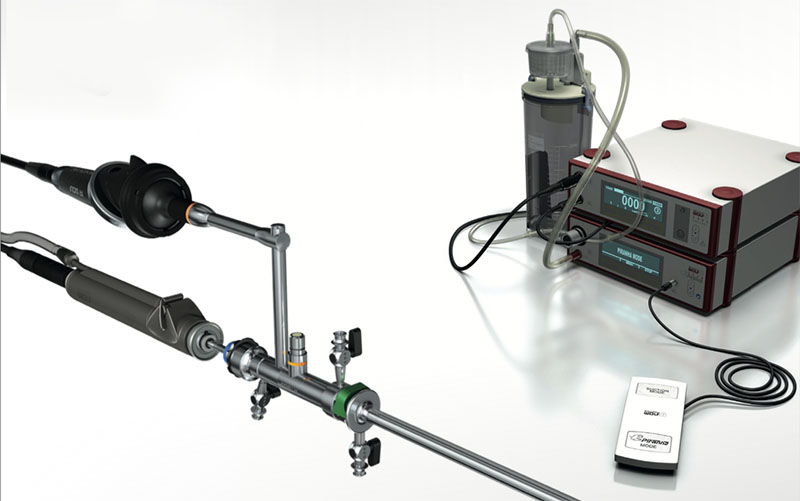Introduction
In modern medicine, the ability to peer inside the human body with precision and minimal invasion has revolutionized diagnosis and treatment. Among the most remarkable tools in this arsenal is the flexible endoscope – a slender, flexible instrument that provides a window into the intricate landscapes within.
What are endoscopes?
Endoscopes are medical devices used for visualizing and accessing the interior of various body cavities and organs. They are crucial tools in diagnostic and therapeutic procedures, allowing physicians to examine and treat conditions without invasive surgery. Endoscopes come in various types, each designed for specific applications and areas of the body.
What diseases can be diagnosed with endoscopy?
Endoscopes are versatile medical devices that diagnose various diseases and conditions affecting various body parts. Some of the diseases and conditions that can be diagnosed using endoscopy are Gastrointestinal Disorders, Respiratory Conditions, Urological Conditions, Gynecological Conditions, Ear, Nose, and Throat (ENT) Disorders, Neurological Conditions, and Orthopedic Conditions.
Main components of Endoscopes
Endoscopes are sophisticated medical instruments used for visualizing and accessing the interior of various body cavities and organs. They consist of several key components, each playing a crucial role in their functionality. Here are the main components of endoscopes:
Insertion Tube:
The tube is the flexible or rigid shaft of the endoscope inserted into the body. The endoscope can navigate natural body passages or surgical incisions to reach the target area. The insertion tube is typically composed of durable materials that can withstand repeated use and manipulation.
Optical System:
The optical system of an endoscope includes components such as lenses, mirrors, and light sources, which capture and transmit images of internal structures. Light is transmitted through fiber optic cables or LED lights to illuminate the examined area. At the same time, lenses and mirrors focus and direct the light onto an image sensor or eyepiece for visualization.
Camera and Imaging System:
Endoscopes have cameras and imaging systems that capture high-quality images and video footage of the internal organs and tissues. These images are transmitted to an external monitor or recording device, allowing the endoscopist to visualize the procedure in real-time and document findings for further analysis.
Bending Section:
In flexible endoscopes, the bending section is a crucial component that allows the instrument to articulate and maneuver within the body. It typically consists of interconnected, articulating segments controlled by wires or cables, enabling the endoscope to bend in various directions and navigate through tight spaces and anatomical curves.
Instrument Channels:
Many endoscopes feature one or more instrument channels running alongside the insertion tube. These channels allow the introduction of specialized tools and accessories for diagnostic and therapeutic purposes. These channels enable procedures such as biopsy sampling, tissue resection, fluid aspiration, or the insertion of stents and probes.
Control Mechanisms:
Endoscopes are equipped with control mechanisms that allow the operator to manipulate the bending section, zoom in or out, adjust focus, and control other instrument functions. These controls may include knobs, levers, buttons, or foot pedals located on the endoscope’s handle or control unit, enabling precise manipulation during procedures.
Water and Air Channels:
Some endoscopes feature water and air channels for irrigation and insufflation, respectively. These channels enable the introduction of fluids or air into the body cavity to improve visualization, remove debris or secretions, and create a clear working space during procedures.
Suction Port:
Endoscopes may also include a suction port for removing fluids, mucus, or debris from the examined area. The endoscopist typically controls the suction using a foot pedal or manual control on the instrument handle.
What are the flexible components of endoscopes?
The flexible components of endoscopes are crucial for their ability to navigate through the body’s natural passages and access hard-to-reach areas. These components allow endoscopes to bend, articulate, and maneuver within the body, providing optimal visualization and access during diagnostic and therapeutic procedures. Here are the main flexible components of endoscopes:
Bending Section:
The bending section is an endoscope’s most essential flexible component. It consists of interconnected, articulating segments that allow the endoscope to bend and flex in various directions. These segments are typically controlled by wires or cables, enabling precise manipulation by the endoscopist to navigate through tortuous anatomy and reach specific areas of interest.
Flexible Insertion Tube:
The flexible insertion tube is another critical component that allows the endoscope to conform to the natural curves and contours of the body’s passages. Made of durable, flexible materials such as rubber or plastic, the insertion tube can bend and flex without compromising its structural integrity, enabling smooth navigation through the gastrointestinal tract, respiratory system, or other body cavities.
Control Mechanisms:
Endoscopes are equipped with control mechanisms that allow the endoscopist to manipulate the bending section and navigate the instrument within the body. These controls may include knobs, levers, buttons, or foot pedals located on the endoscope’s handle or control unit. By precisely adjusting these controls, the endoscopist can easily steer the endoscope through tight spaces and anatomical curves.
Steering Cables:
Inside the bending section, thin wires or cables called steering cables transmit the movement from the control mechanisms to the articulating segments. These cables translate the endoscopist’s commands into precise movements of the endoscope tip, allowing smooth and accurate navigation through the body’s passages.
The Sheath or Outer Covering:
A protective sheath or outer covering surrounds the flexible insertion tube and provides additional durability and support. This outer layer helps prevent damage to the endoscope’s delicate internal components and ensures smooth insertion and withdrawal from the body.
Flexible endoscopes may also feature seals and valves at various points along the insertion tube to control the flow of air, water, and other fluids during procedures. These seals help to maintain a clear view of the internal structures by preventing fluid leakage and maintaining optimal pressure within the body cavity.
Where can flexible endoscopes be used?
Flexible endoscopes are invaluable tools in modern medicine, offering minimally invasive ways to visualize and access internal organs and structures. Their flexibility and maneuverability make them versatile instruments across various medical specialties.
Flexible endoscopes are crucial in diagnosing, treating, and monitoring various medical conditions while minimizing patient discomfort and recovery time. Their versatility and effectiveness make them indispensable tools in modern medical practice.
Uzzmed.com supplies the whole set of products for endoscopy, including flexible endoscopes, rigid endoscopes, spare parts for endoscopes, and pre-assembly services for your endoscope manufacturing, come to contact us for more details now!



